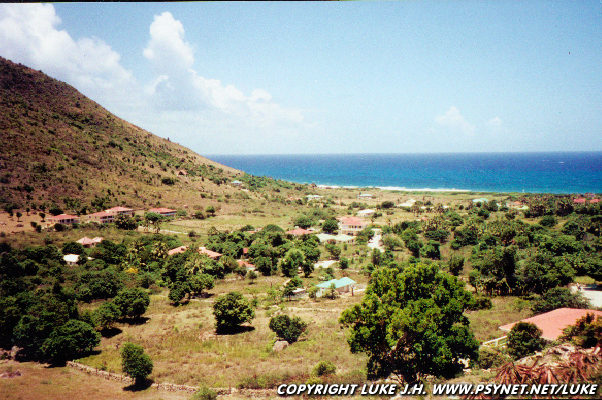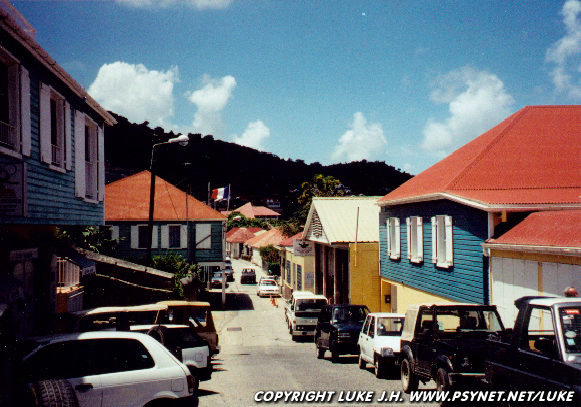
St. Barts, which was probably seen by Christopher Columbus in 1493, was named for his younger brother Bartholomew. The first Frenchmen to occupy the island were soldiers posted here in 1629. Nineteen years later the first French settlers arrived with their goats and poultry but lasted just eight years before a Carib Indian raid destroyed the settlement.
Undeterred, or perhaps merely uninformed, some 30 impoverished peasants arrived from Normandy and Brittany three years later. Although their lives in the Caribbean would be harder than they could have imagined, the poor farmers established a French presence that has prevailed through drought, storm, fire, and disease, and despite raids by Indians, pirates, and warring European nations.
After each setback the French families of St. Barts doggedly returned to their fields and the ruins of their cabins.
An emissary from France once asked an islander what made him persist and was told that "he had been motivated by love of his country and of a small property that had been handed down to him by his ancestors; besides, he could see no alternative."
Valley, Saint Barthelemy, F.W.I.
Image Copyright © LukeTravels.com™The islander's name was Greaux, a surname woven like a strong thread through the history of St. Barts. A Greaux was among the settlers of 1659; today the telephone directory listings of people named Greaux fill more than three pages.
Another French official, reporting on St. Barts in the late 18th century, wrote: "The customs are very French, the people of St. Barths are worthy, very poor, honest, relatively uneducated, and exceedingly cantankerous."
Peter O'Keefe notes that at least the first part of that description remains accurate. "These people, isolated here for hundreds of years, had to develop a set of ethics," he says, as sunlight begins to invade the shade of our table.
Street in Gustavia, Gustavia, Saint Barthelemy, F.W.I.
Image Copyright © LukeTravels.com™"They had to be self-sufficient and independent. Given the way the rest of the world has evolved, it's refreshing to find people with an anachronistic sense of values."
If anyone had questioned the self sufficiency of the people of St. Barts, Hurricane Luis blew away their doubts. Luis, 250 miles wide and swirling 150 MPH winds, reached St. Barts late on September 4, 1995. By mid-afternoon the next day, the eye passed less than 20 miles out. For 36 hours Luis pummeled and ripped, shrieked and roared. "After the storm," Laurence recalls, "it looked like a bomb had exploded." "The story of this hurricane is a great story about St. Barts," Peter says, "because in Guadeloupe and St. Martin and Antigua and other islands, everybody was sitting around waiting for the government to fix things. In little St. Barthelemy, men and women, rich and poor, black and white, smart and stupid, all rolled up their sleeves and went to work. They put their shoulders together and fixed the place. It's the way they are." Islanders poured into the streets to remove debris.






